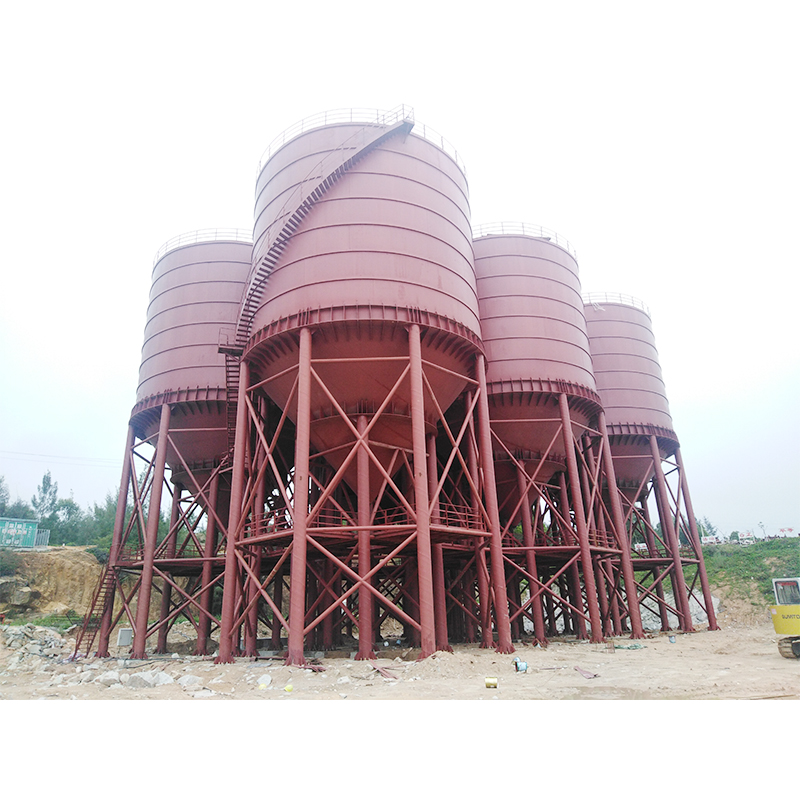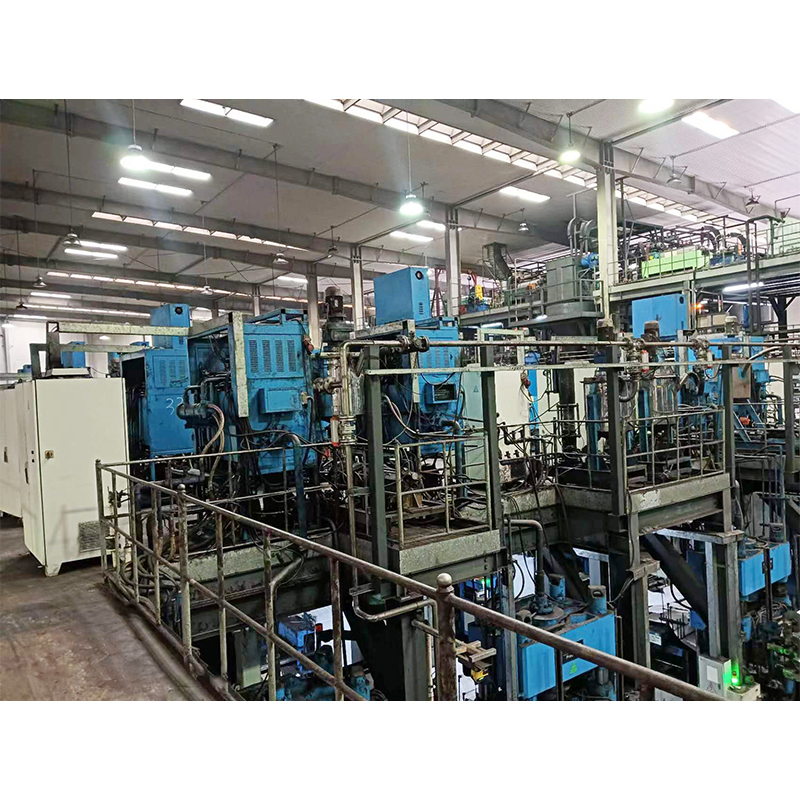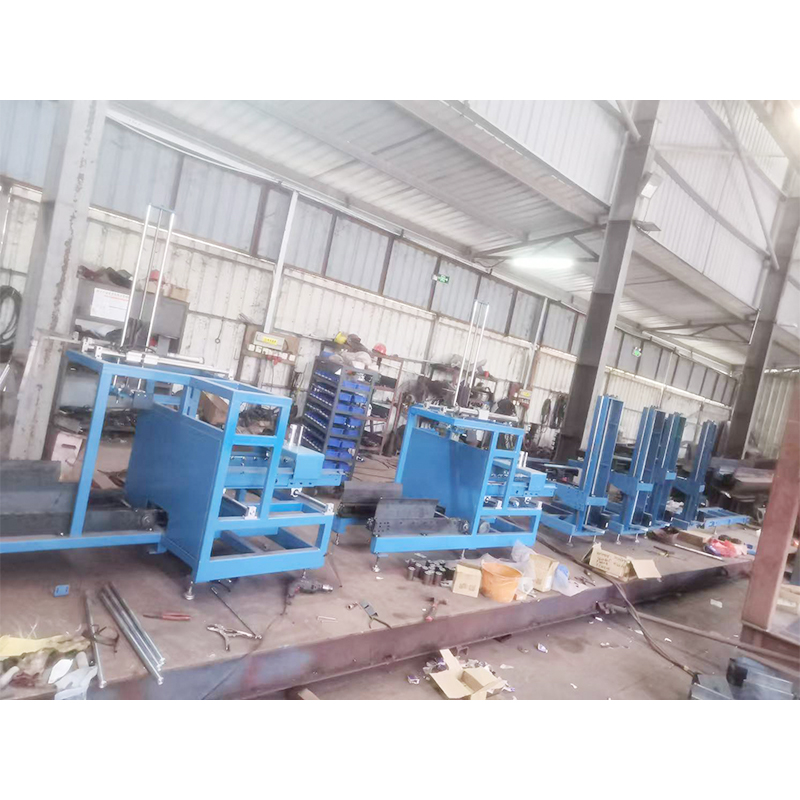What preparations are needed for installing the automatic slurry weighing and conveying system?
Release Time : 2025-06-05
The installation of the automatic slurry weighing and conveying system requires preparation from multiple aspects, including preliminary planning, site processing, and equipment inspection, to ensure that the installation process proceeds smoothly and that the system operates stably in the future. First of all, the application scenarios and process requirements of the system must be clarified. Different use environments, such as oil drilling, mining, or construction, have different requirements for the installation method, layout, and supporting facilities of the system. It is necessary to fully communicate with the project team to understand the specific parameters such as the conveying direction of the slurry, the requirements for weighing accuracy, and the working time, so as to formulate a targeted installation plan to avoid the equipment failing to meet actual needs after installation due to poor planning.
Site preparation is an important part before installation. It is necessary to select a suitable installation location that is convenient for the input and output of the slurry, and the operating space and maintenance channel of the equipment must be considered. The ground of the site needs to be leveled and reinforced to ensure that it can bear the weight of the system equipment, especially the installation area of key components such as the weighing platform and the conveying pipeline. If the ground is uneven or the bearing capacity is insufficient, it may cause equipment deformation, increase weighing errors, and even cause safety hazards. In addition, environmental factors of the site should also be considered, such as whether there are corrosive gases, humid environments or strong vibration sources. If so, protective measures should be taken in advance, such as anti-corrosion treatment of the equipment and installation of shock-absorbing devices.
Inventory and inspection of automatic slurry weighing and conveying system are key steps in installation preparation. After the equipment arrives, it is necessary to carefully check the equipment list to check whether all parts are complete, including major components such as weighing sensors, conveying pipelines, control boxes, motors, and accessories such as bolts and gaskets. At the same time, the appearance of the equipment should be checked to see if there are bumps, deformations, rust, etc. If problems are found, the supplier should be contacted in time for replacement or repair. For core components such as precision weighing sensors, functional tests are also required to ensure that they are not damaged during transportation and can work normally, laying the foundation for accurate weighing and stable conveying after subsequent installation.
The preparation of electrical and control systems should not be ignored. According to the electrical schematic diagram of the system, the direction of the power supply line and control line should be planned in advance to ensure that the line layout is reasonable and easy to install and maintain. In terms of power supply, it is necessary to confirm whether the power supply voltage, frequency and other parameters match the equipment requirements. If there are differences, they need to be adjusted or equipped with corresponding power conversion equipment. Shielded cables are required for control lines to reduce the impact of electromagnetic interference on the weighing signal and control signal. At the same time, the installation environment of the control system should be prepared. For example, the installation location of the control box should be well ventilated, easy to operate and observe, and away from high temperature, humidity and dusty areas to ensure the stability and reliability of the control system.
Pretreatment of the pipeline system is an important part of installation preparation. The pipeline for conveying mud needs to be cleaned and inspected to remove internal debris, oil and rust to prevent these impurities from clogging the pipeline or wearing equipment parts during system operation. For the connection parts of the pipeline, such as flange interfaces and elbows, their sealing and firmness should be checked to ensure that there will be no leakage during the mud transportation process. If the pipeline needs to be processed such as cutting or welding, it should be completed before installation, and the processed pipeline should be pressure tested to check whether its strength and sealing meet the requirements to prevent the normal operation of the system from being affected by pipeline problems.
The preparation of personnel and tools is the guarantee for the smooth progress of installation work. It is necessary to form an installation team with professional skills and experience. Team members should be familiar with the structure and installation process of the automatic slurry weighing and conveying system and be able to use various installation tools and equipment proficiently. At the same time, it is necessary to prepare a full range of installation tools, such as wrenches, screwdrivers, electric welders, cutting tools, etc., as well as necessary measuring instruments, such as spirit levels, tape measures, etc., to ensure that the verticality, horizontality and spacing of the equipment installation meet the design requirements. In addition, it is necessary to equip the installers with necessary safety protection supplies, such as safety helmets, gloves, goggles, etc., to ensure personal safety during the installation process.
Finally, a detailed installation plan and emergency plan should be formulated. The installation plan should clearly define the time nodes, responsible persons and quality standards of each installation step to ensure that the installation work is carried out step by step. The emergency plan needs to take into account possible emergencies that may occur during the installation process, such as equipment failure, personal injury, environmental changes, etc., and formulate corresponding solutions in advance to reduce the impact of emergencies on the installation progress and quality. Before installation, it is also necessary to organize the installation team to conduct technical briefing and safety training so that team members are familiar with the installation plan and safe operating procedures to ensure that the installation of the automatic slurry weighing and conveying system is completed safely, efficiently and with high quality.







